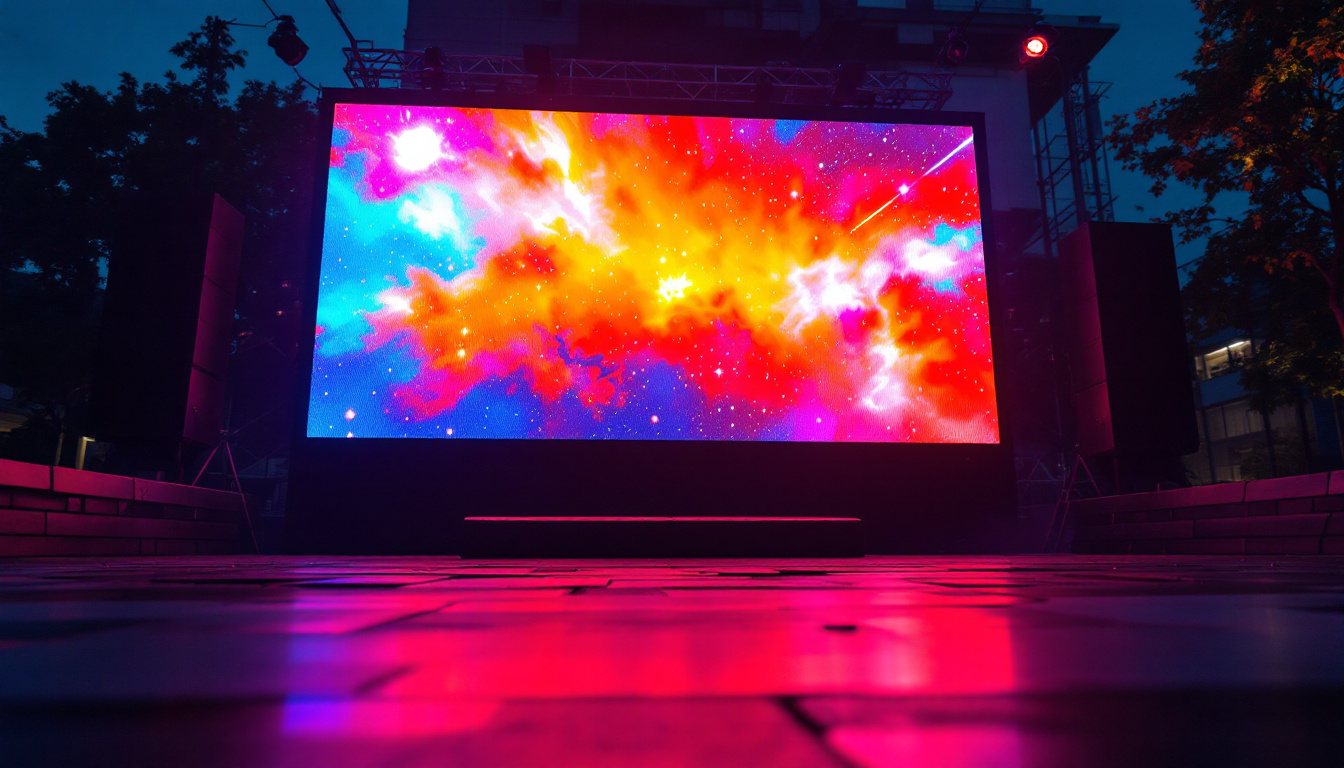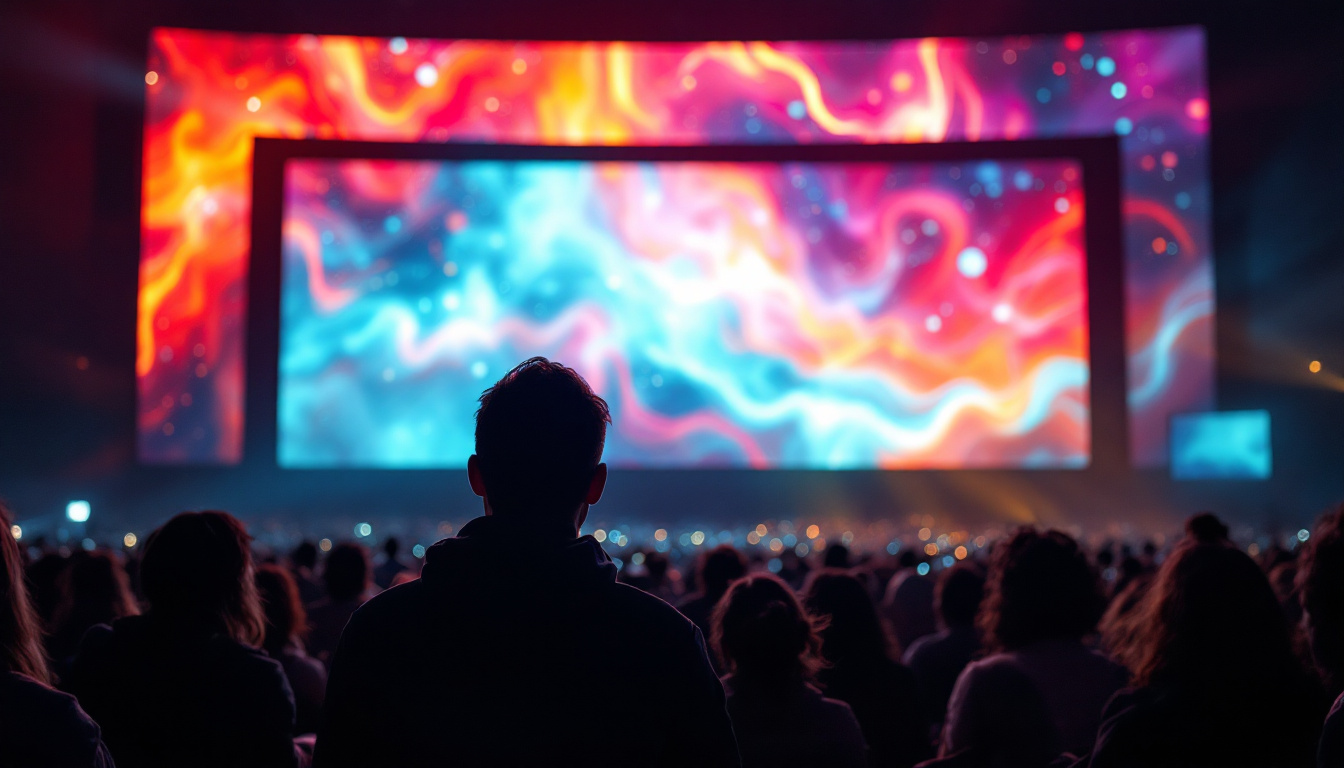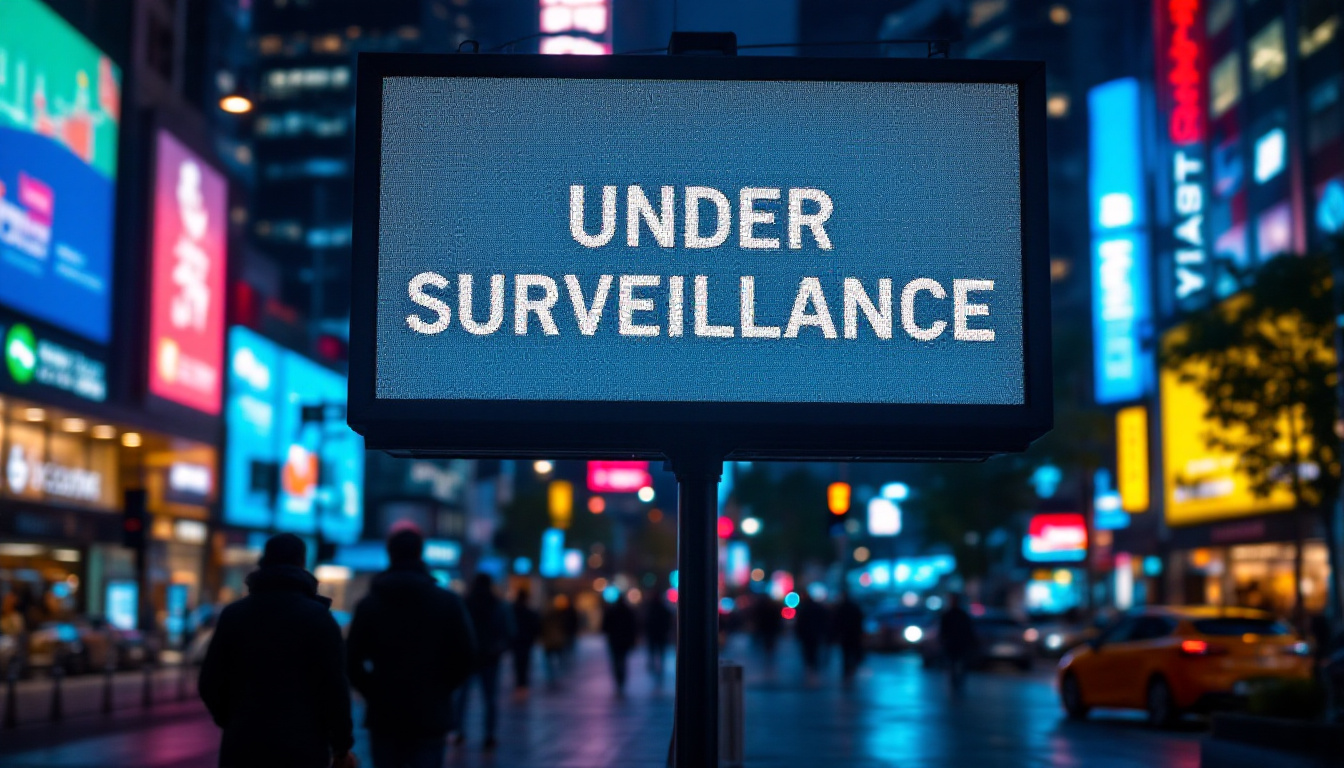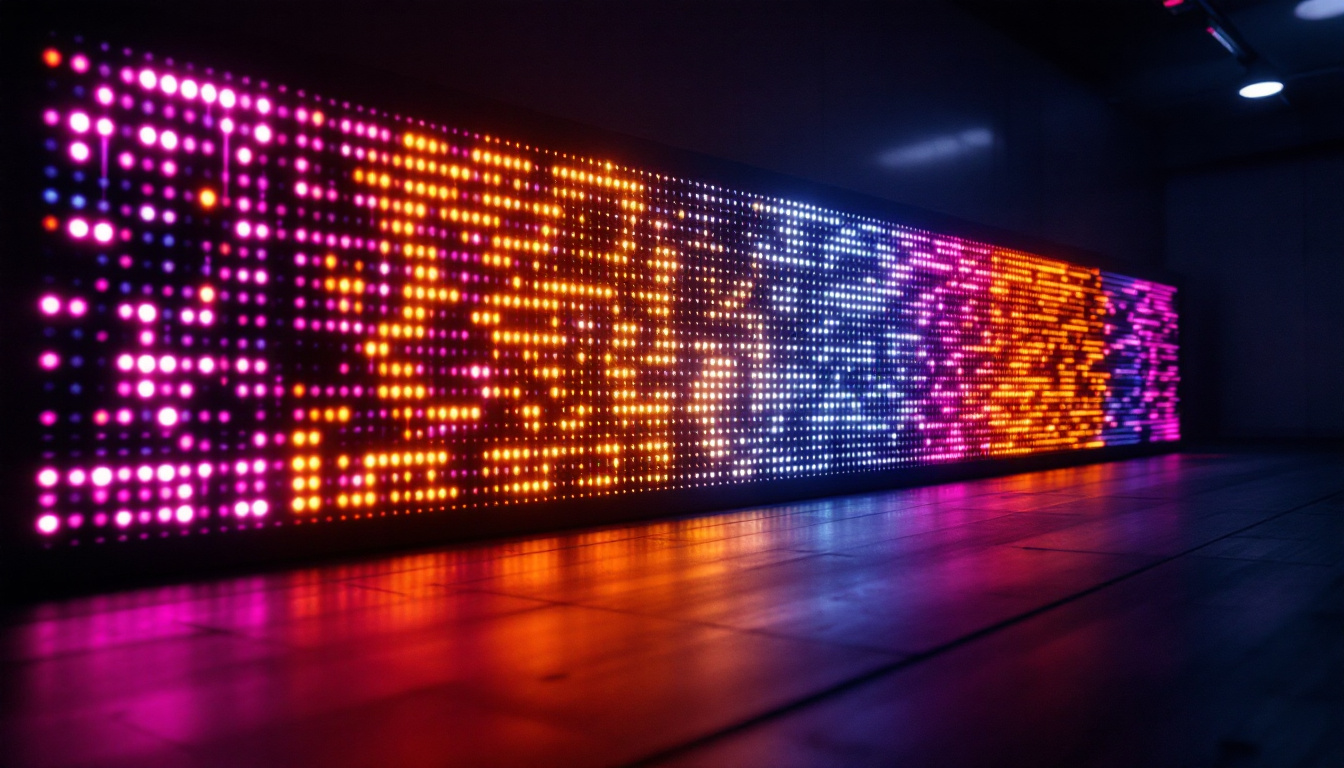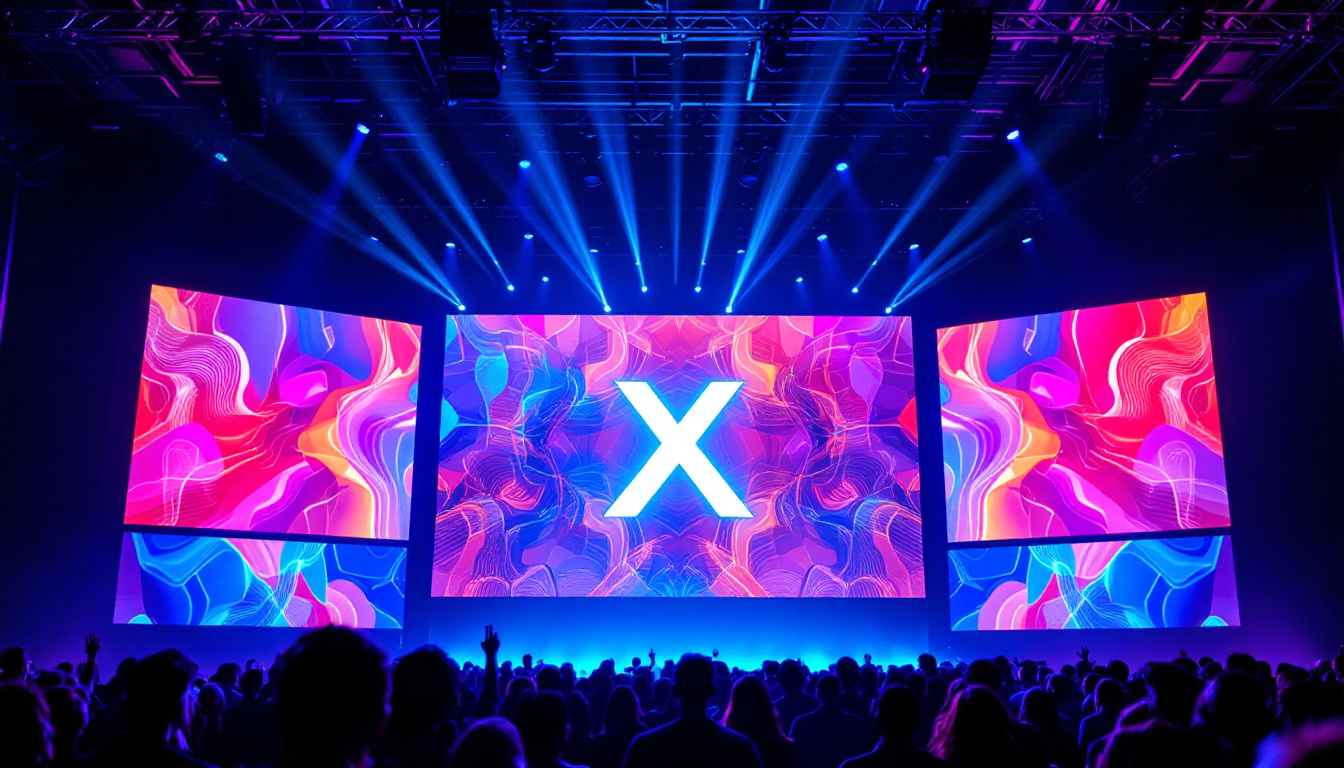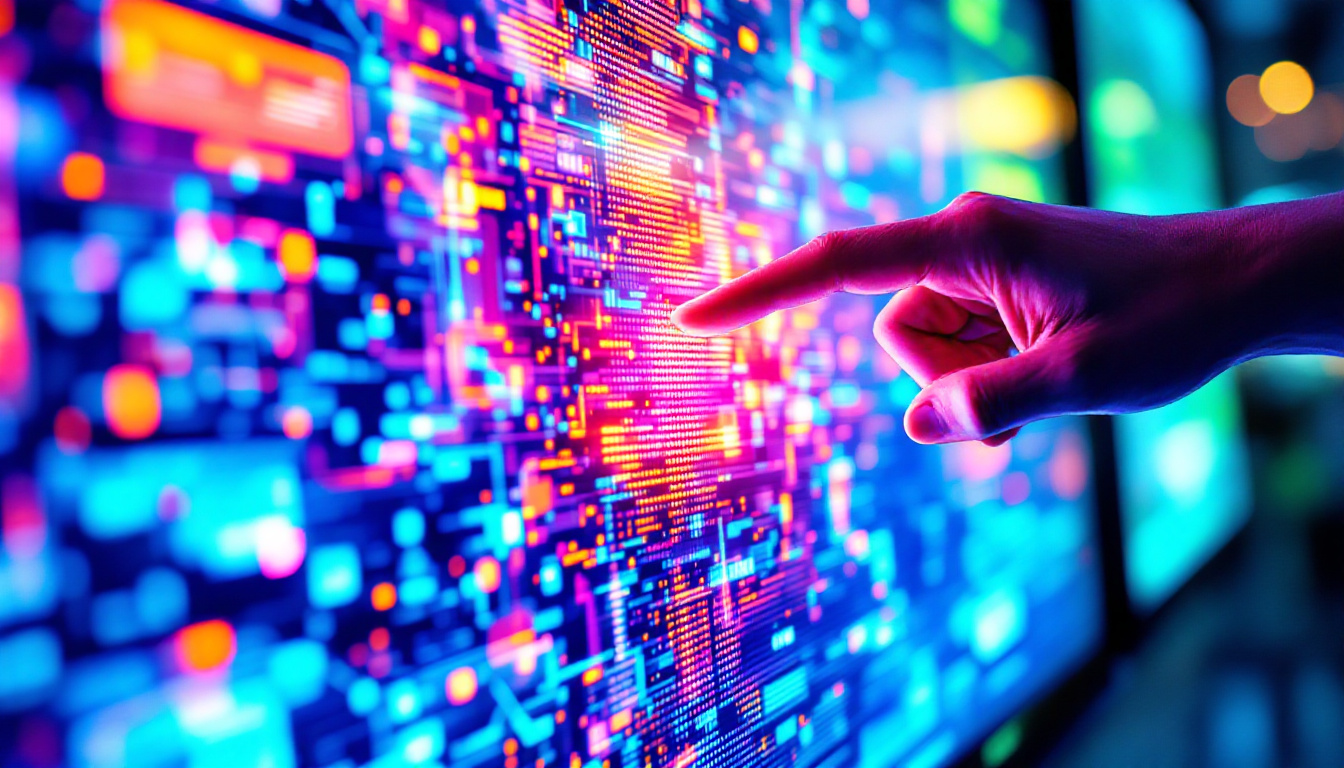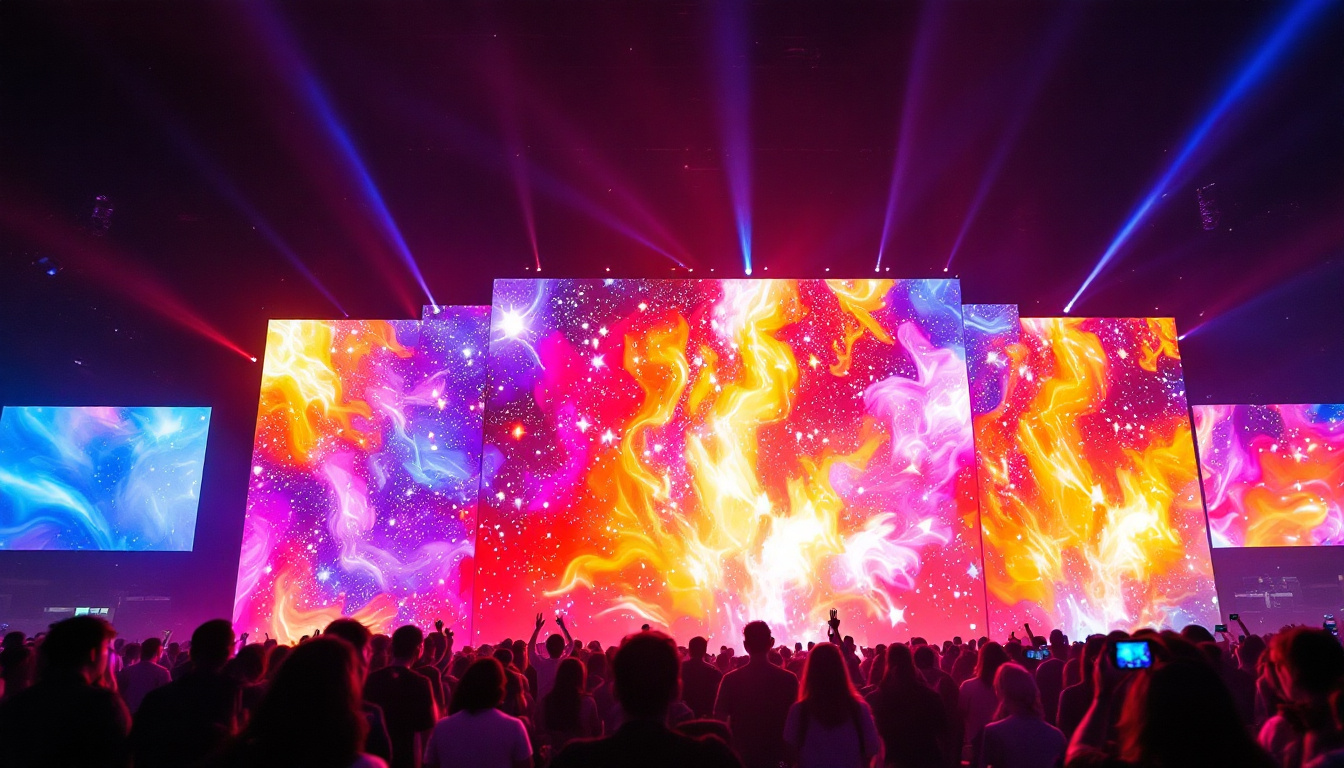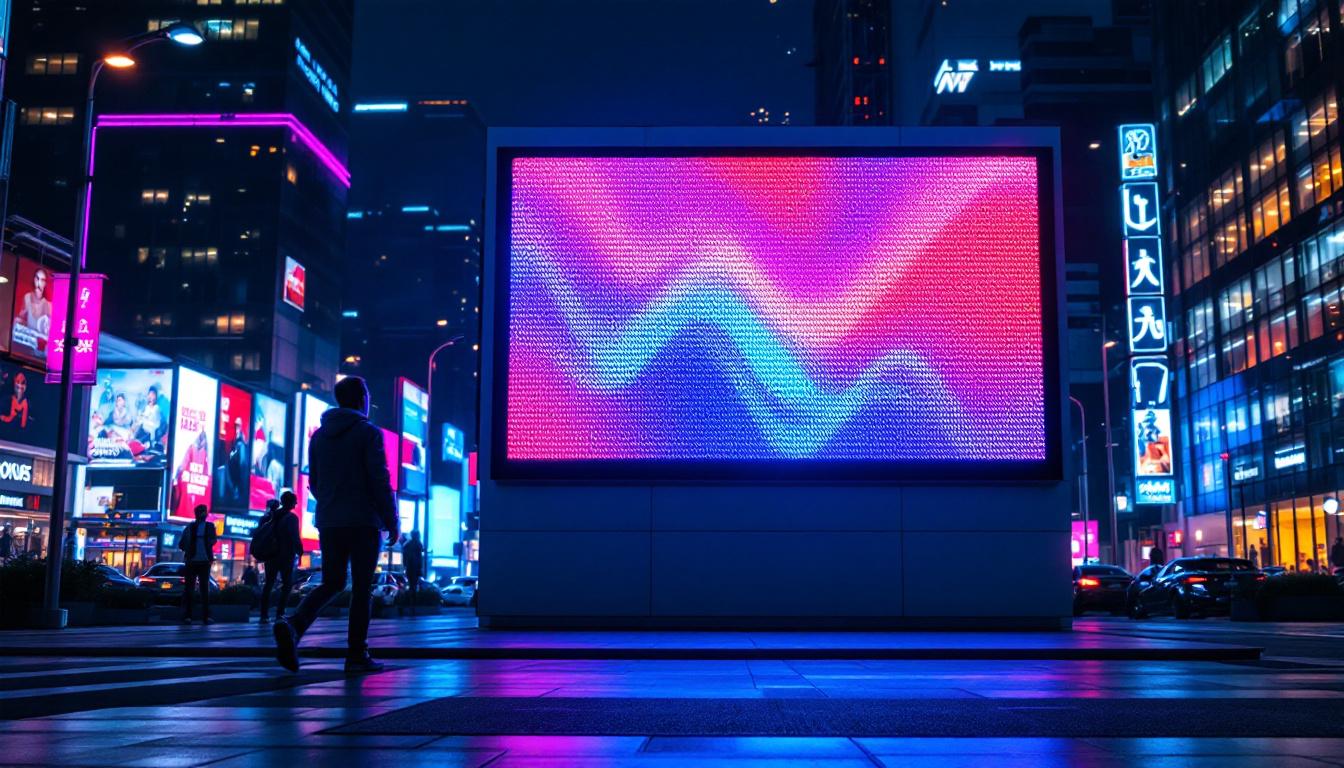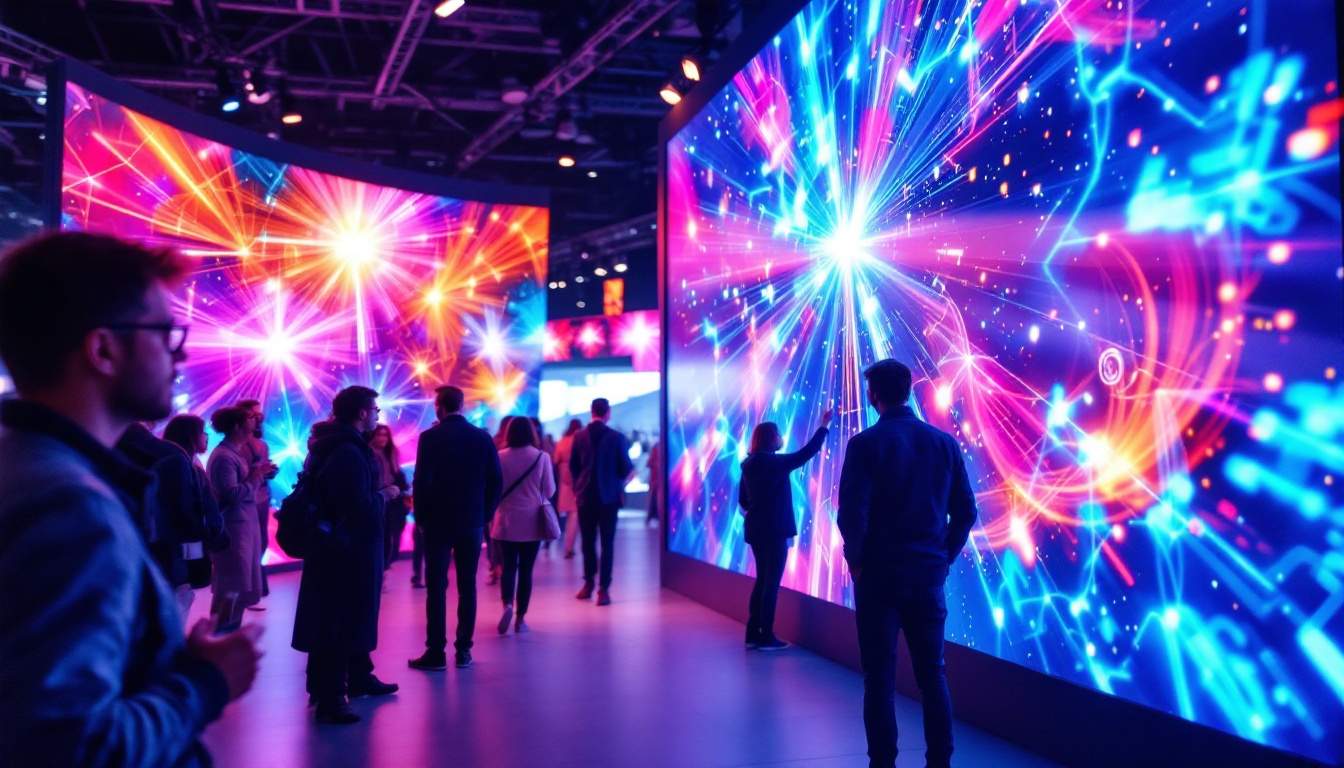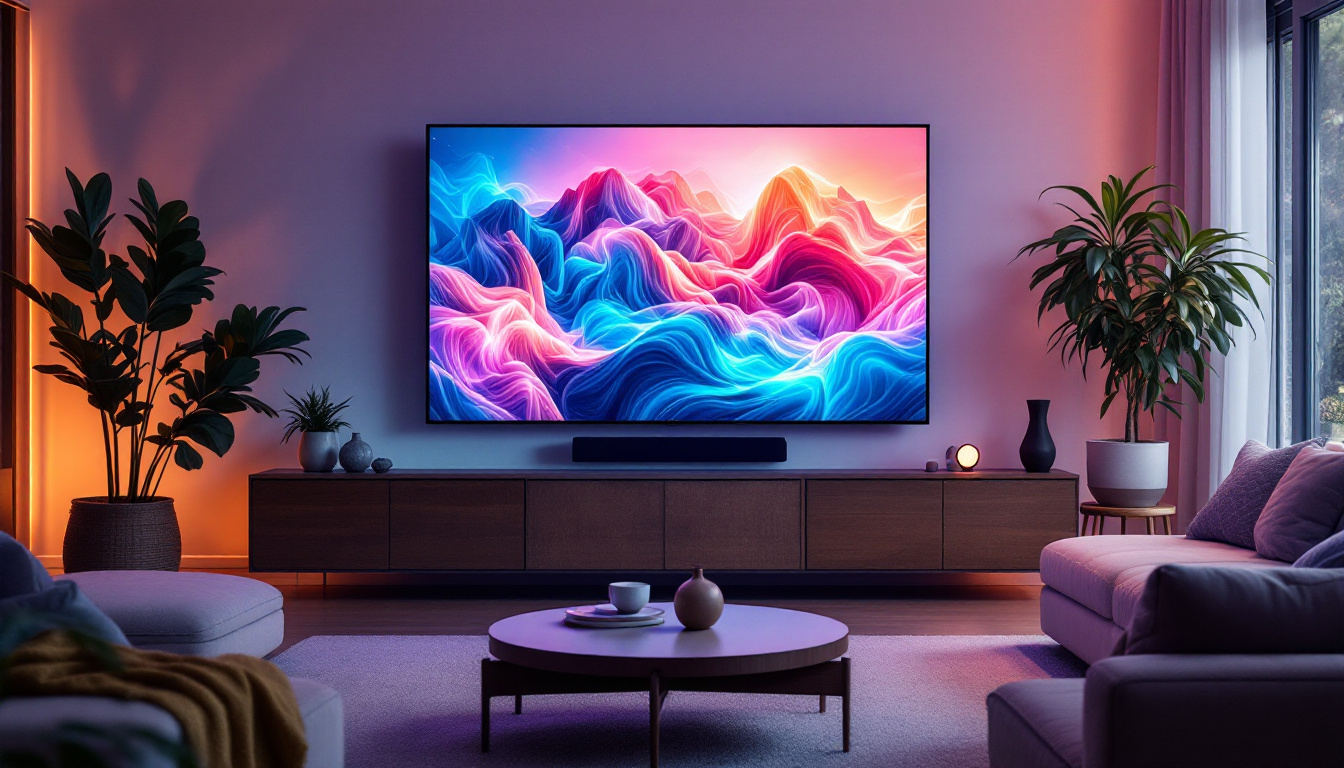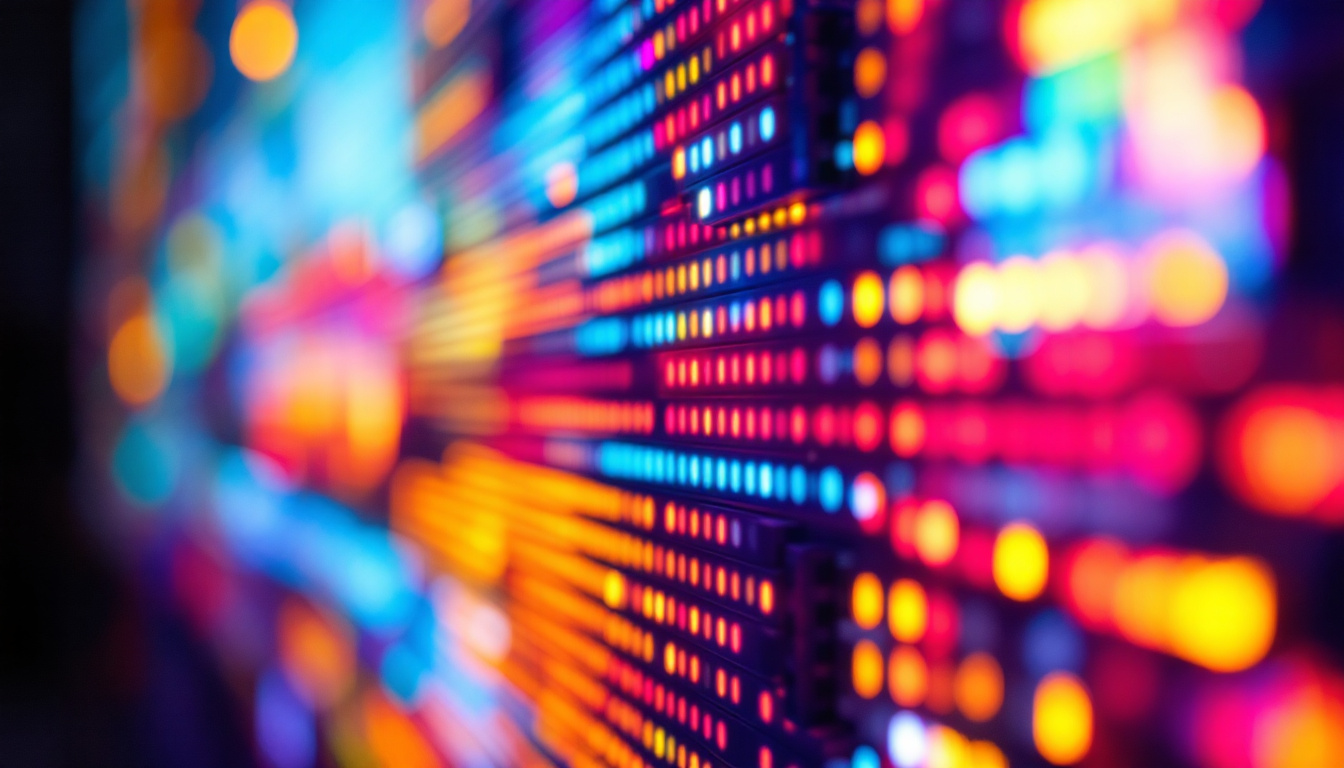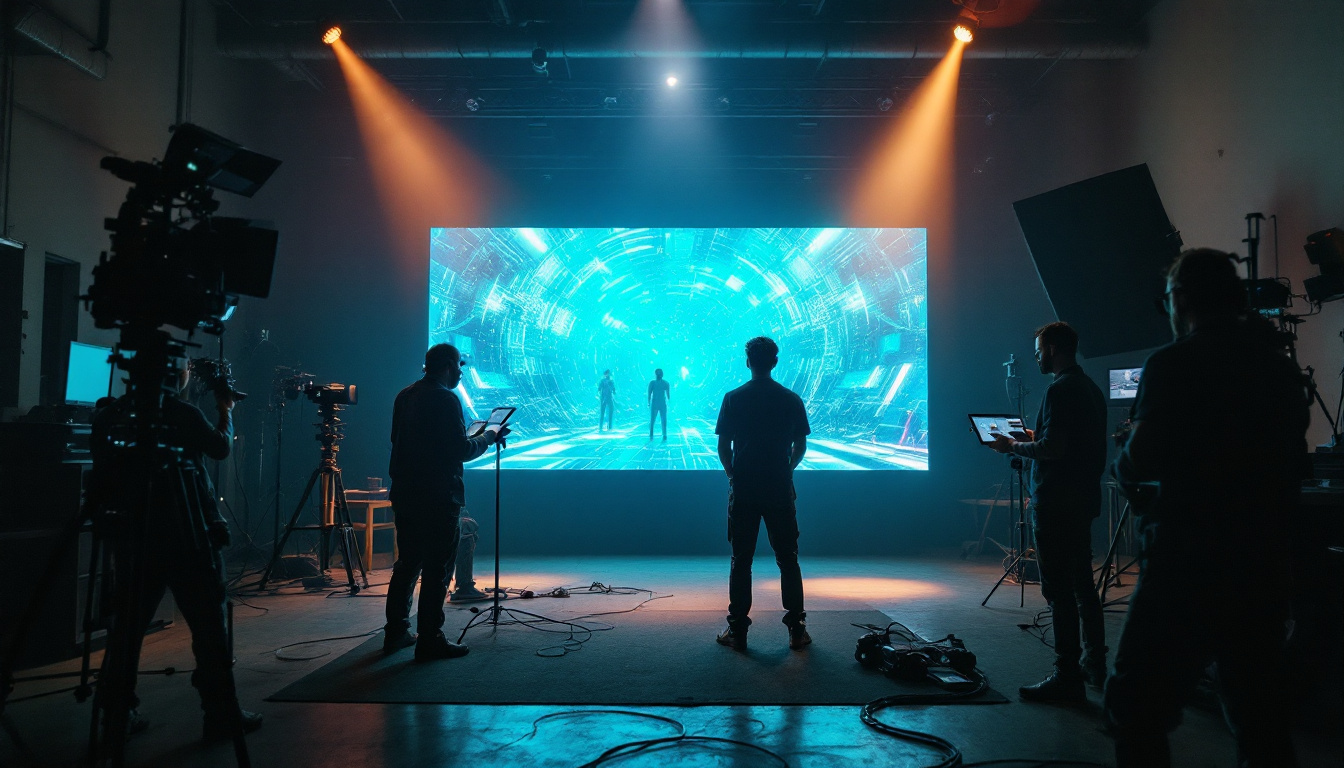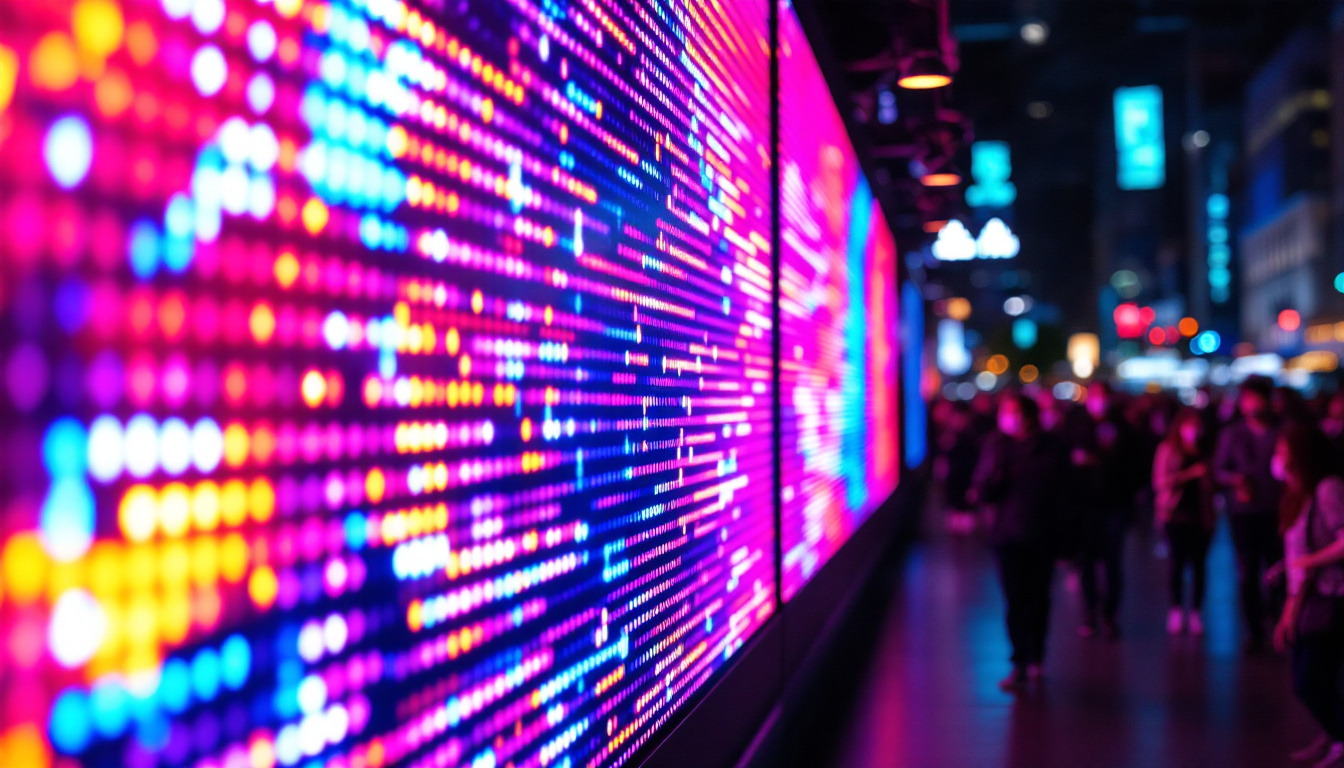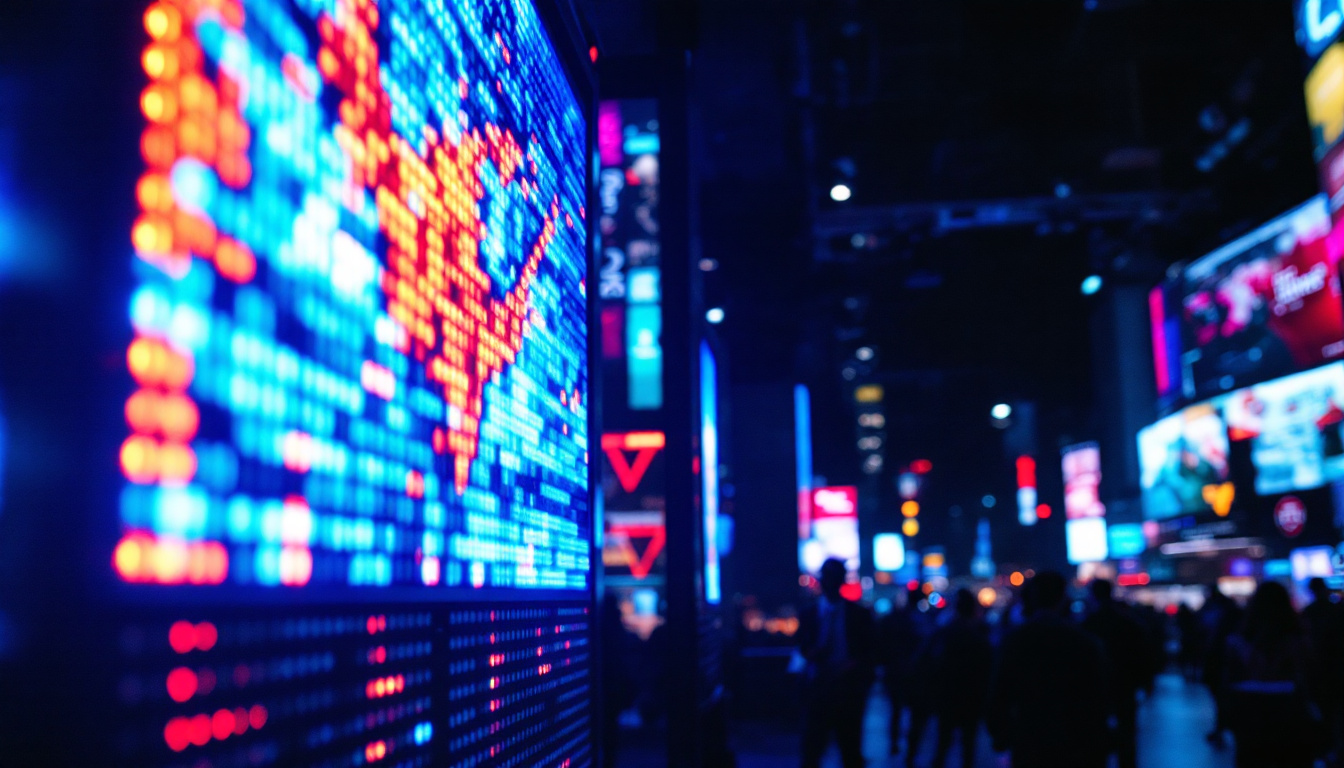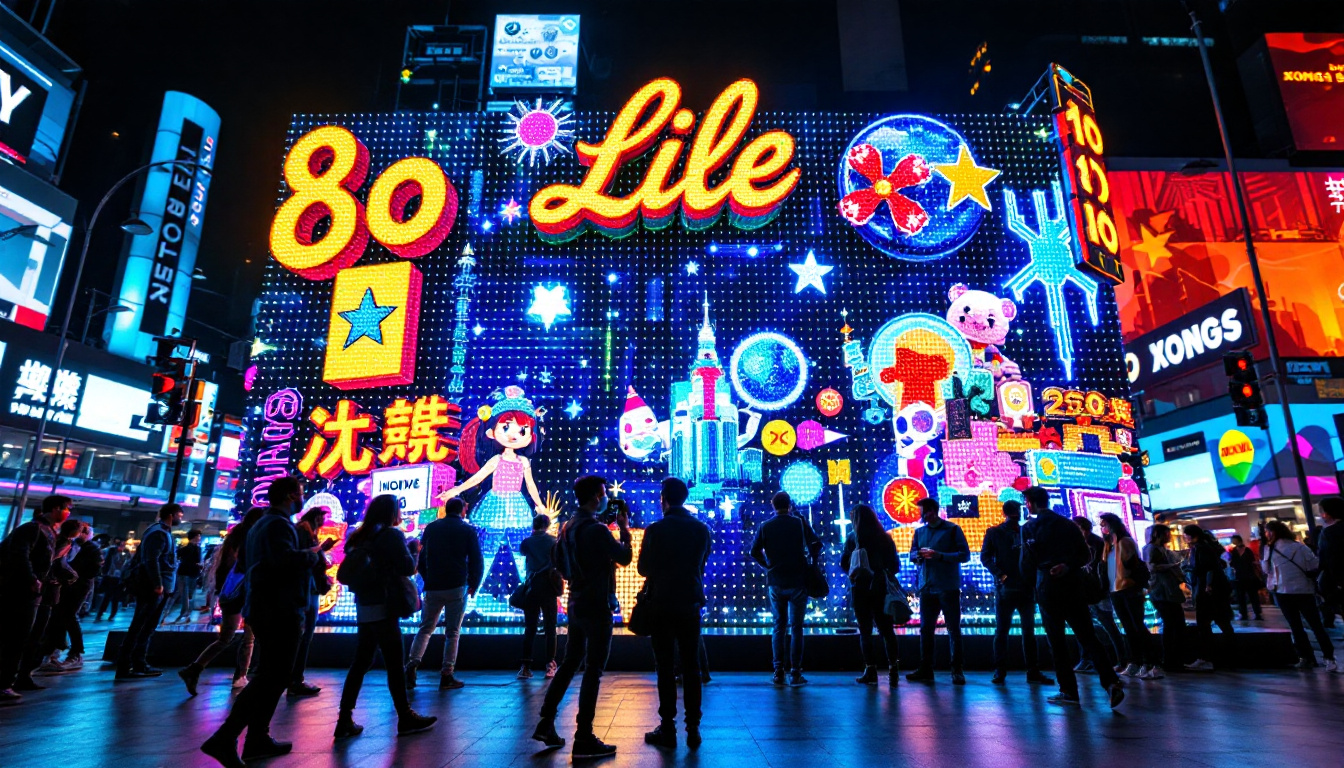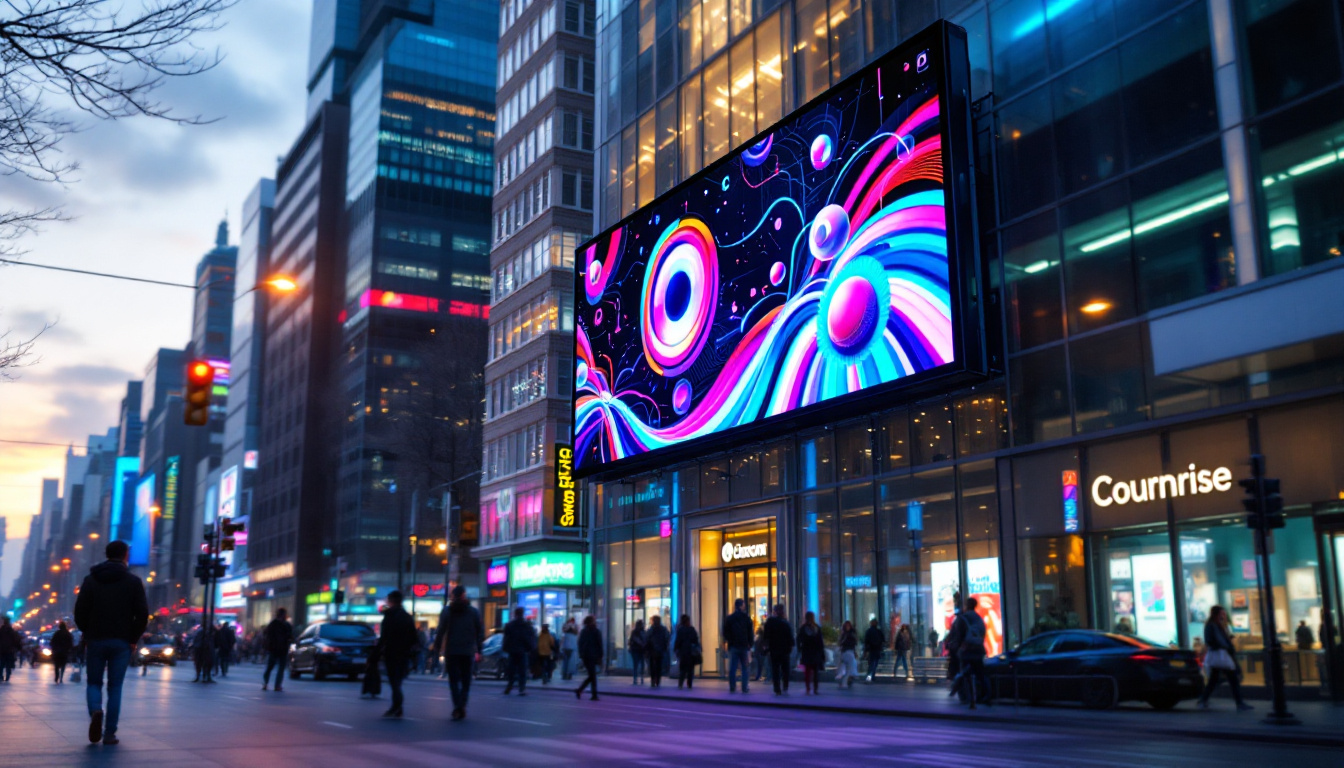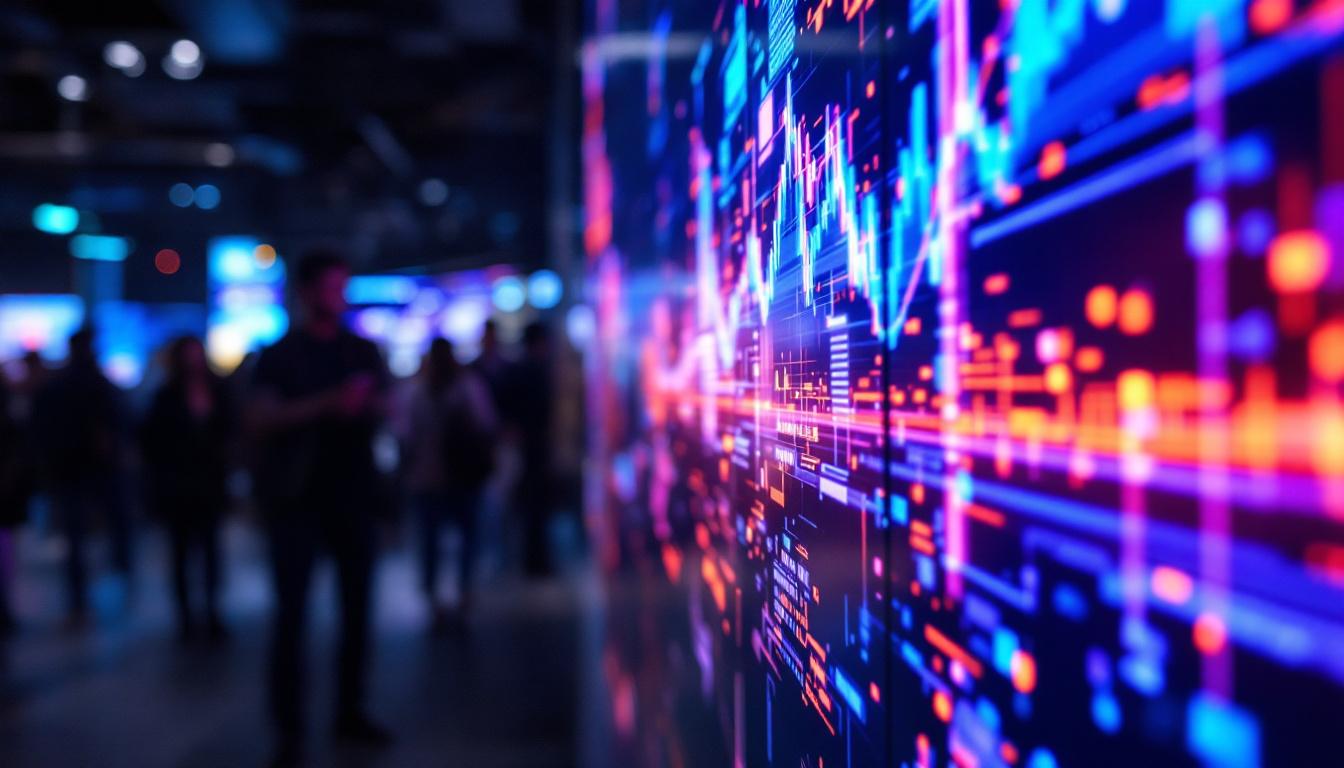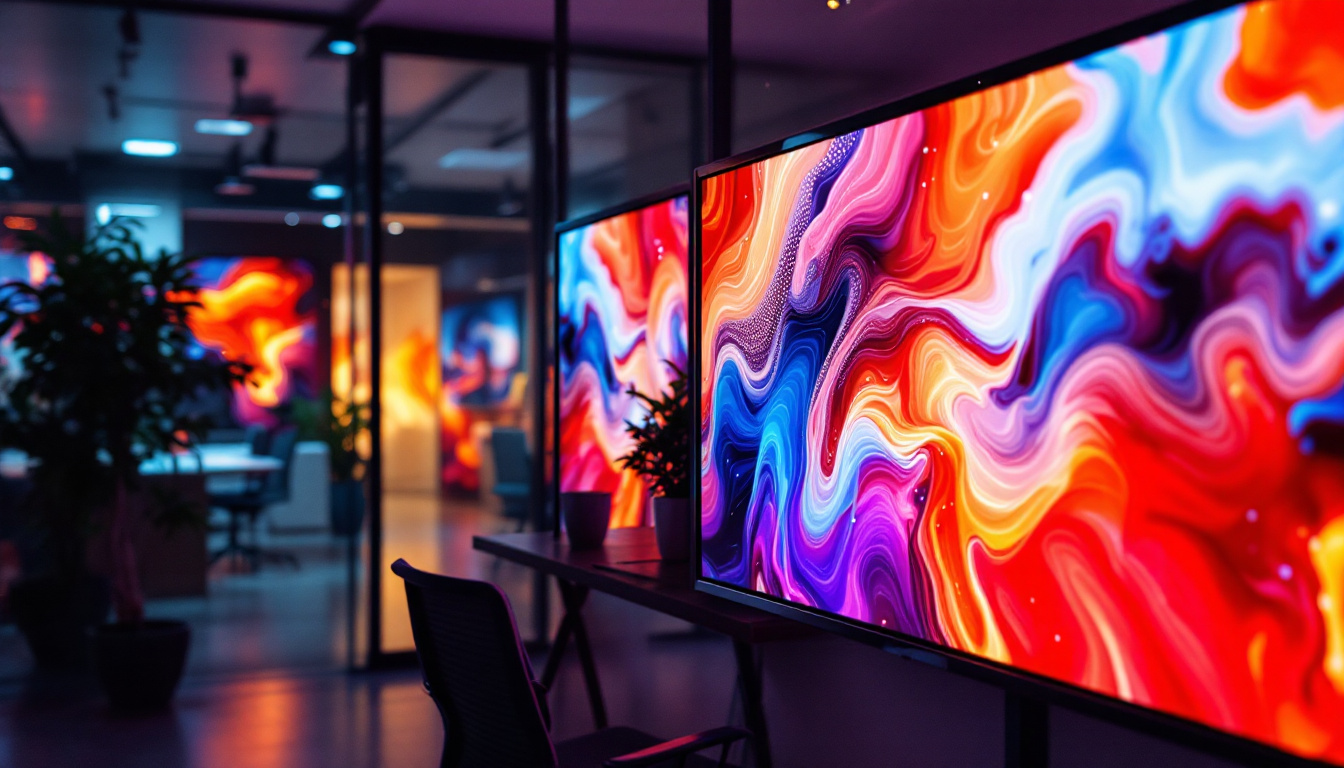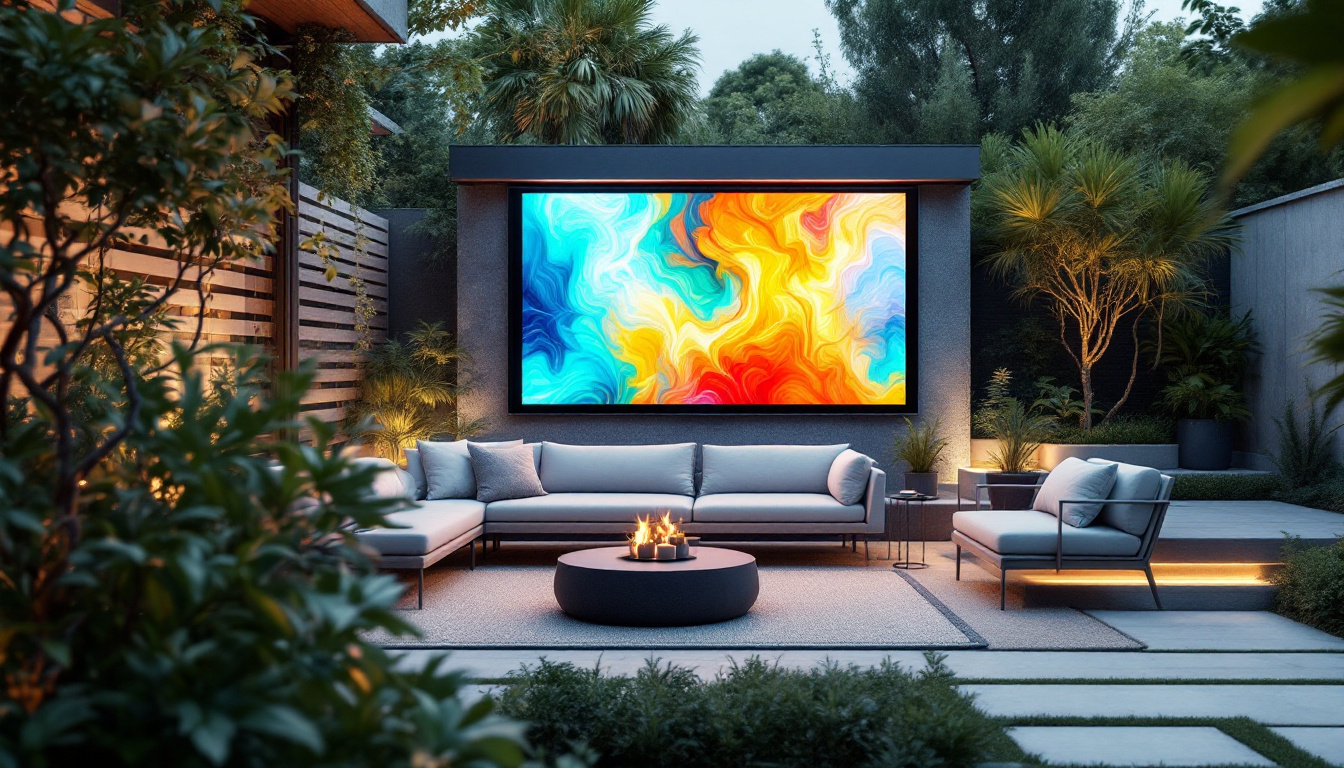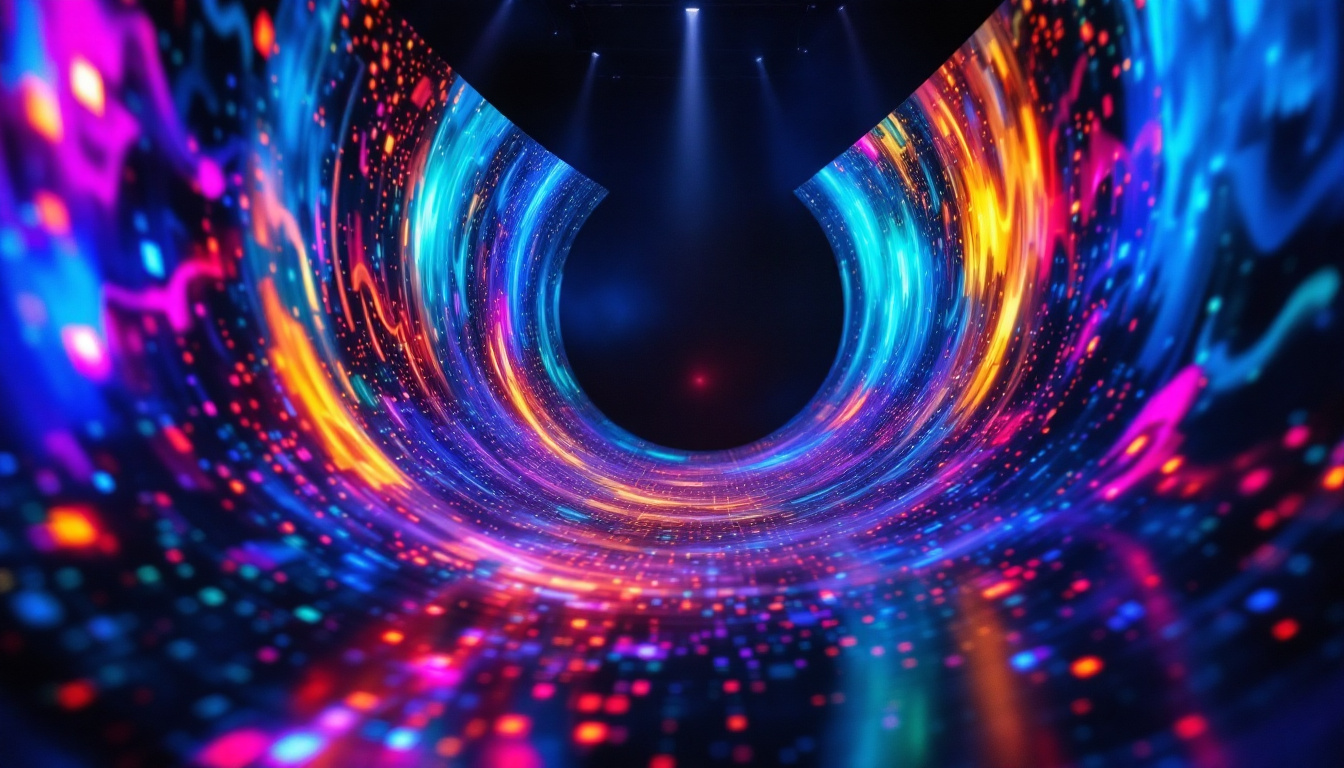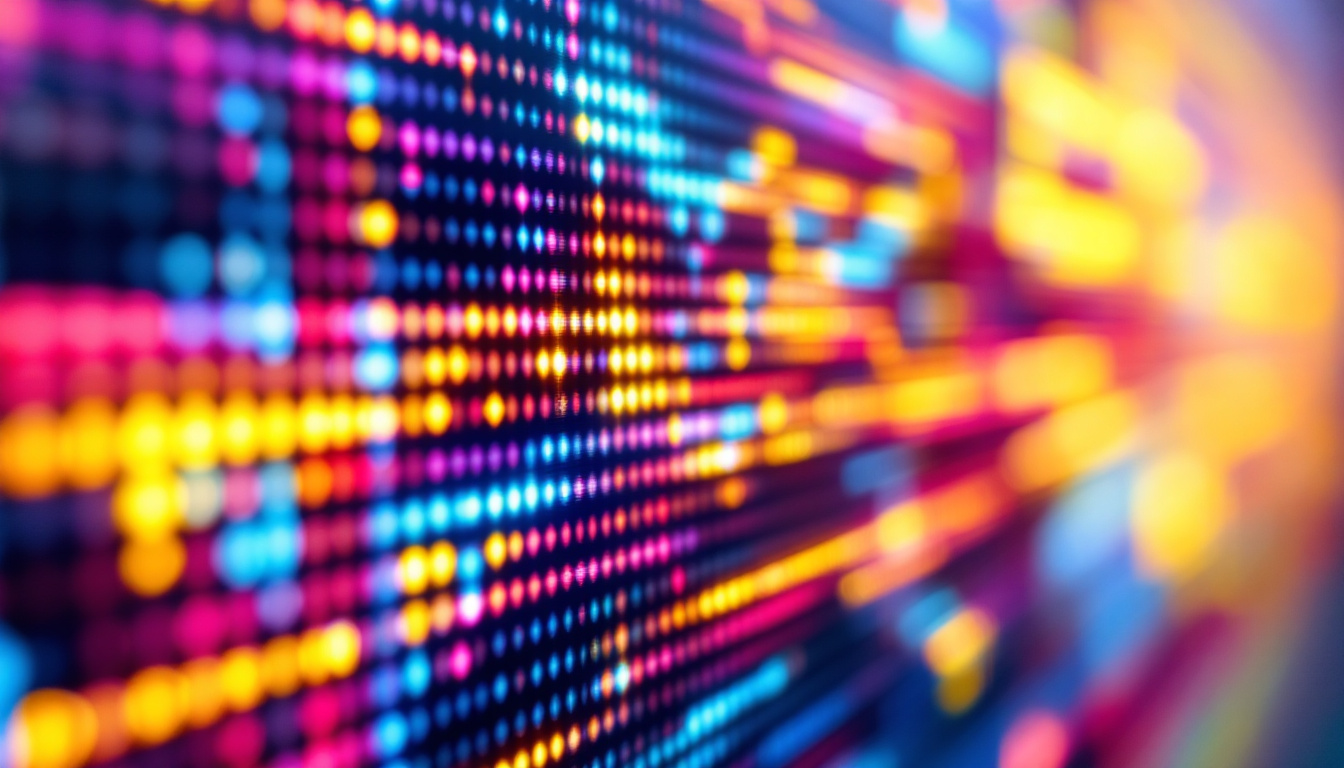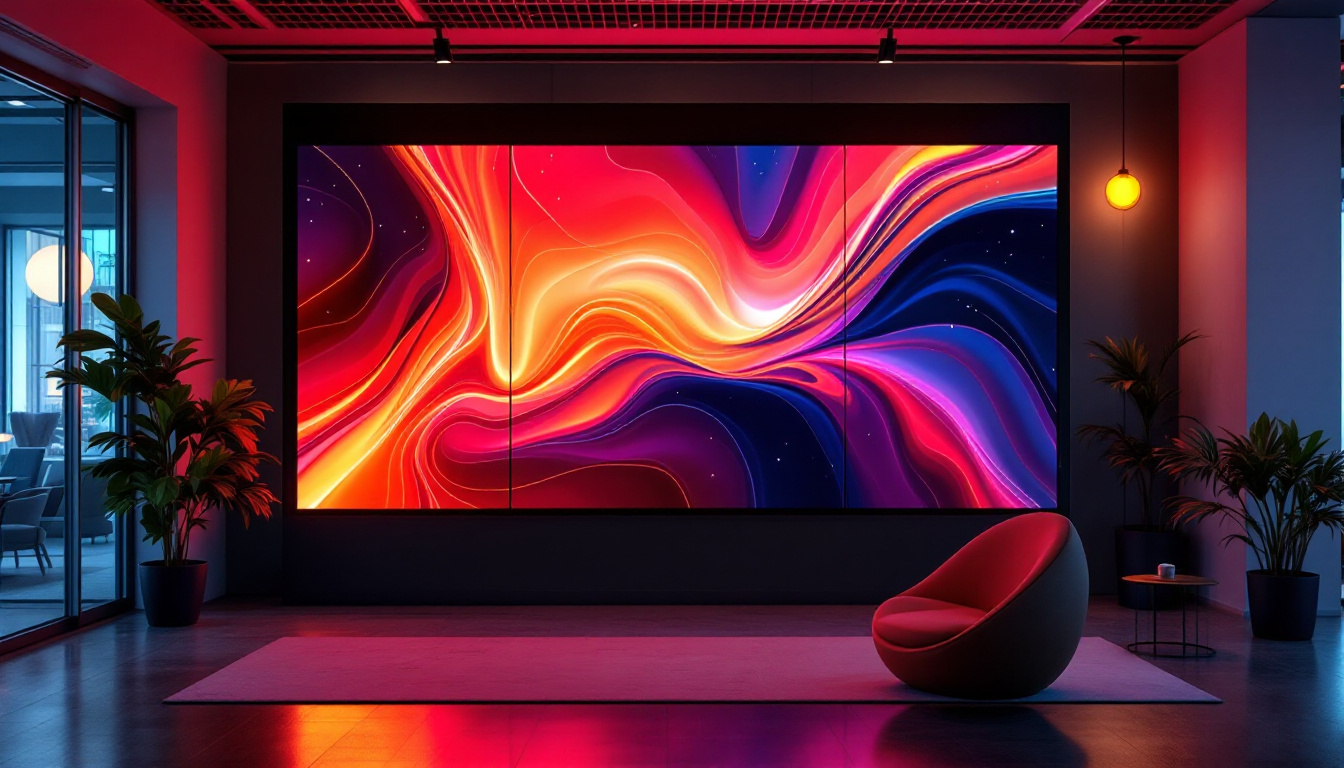In the modern world, LED (Light Emitting Diode) technology has revolutionized the way we display information and entertainment. From billboards to televisions, LED displays are everywhere, offering vibrant colors and energy efficiency. This article delves into the intricacies of LED displays, exploring their functionality, applications, and the impact they have on various industries.
Understanding LED Technology
LED technology is rooted in the principles of electroluminescence, where certain materials emit light when an electric current passes through them. This fundamental principle is what makes LED displays so efficient and versatile. The evolution of LED technology has significantly transformed the way we perceive and interact with light sources in our daily lives, from the simple indicator lights on our devices to the stunning visual displays in stadiums and theaters.
The Basics of LED Functionality
At the core of LED technology is the semiconductor material that emits light. When electrons move through this material, they release energy in the form of photons, which is visible light. This process is significantly different from traditional incandescent bulbs, which generate light through heat, making LEDs far more energy-efficient. In fact, LEDs convert about 80% of their energy into light, while incandescent bulbs only convert about 20%, wasting the rest as heat. This efficiency not only reduces electricity costs but also contributes to a lower carbon footprint, making LEDs a more environmentally friendly option.
LEDs are available in various colors, achieved by using different semiconductor materials. For instance, blue LEDs use gallium nitride, while red LEDs typically use aluminum gallium arsenide. By combining these colors, manufacturers can create full-spectrum displays that produce a wide range of hues. Furthermore, advancements in technology have led to the development of white LEDs, which are commonly used in residential and commercial lighting. These white LEDs are often created by coating blue LEDs with phosphor, allowing them to emit a broad spectrum of light that closely resembles natural daylight.
Types of LED Displays
LED displays come in various forms, each suited for different applications. The most common types include:
- Direct View LED Displays: These are made up of individual LED modules that combine to form a larger screen. They are often used in outdoor advertising and large venues, providing bright and vibrant visuals that can be seen from great distances, even in direct sunlight.
- LED Video Walls: Composed of multiple smaller displays, video walls can create enormous screens for events and presentations. These setups are particularly popular in concert venues and sports arenas, where dynamic visuals enhance the viewer experience and create an immersive environment.
- Organic LED (OLED) Displays: Utilizing organic compounds, these displays offer superior color accuracy and contrast, making them popular in high-end televisions and smartphones. OLED technology allows for thinner screens and greater flexibility in design, enabling manufacturers to create curved and even foldable displays that were previously unimaginable.
In addition to these types, there are also specialized LED displays such as transparent OLEDs, which allow for innovative advertising solutions by blending digital content with physical spaces. This technology has opened up new avenues for retail and marketing, enabling brands to create engaging experiences that captivate consumers while maintaining visibility through the display. Moreover, advancements in smart LED technology are paving the way for interactive displays that respond to user input, further enhancing their functionality and appeal in various settings.
The Advantages of LED Displays
LED displays have gained popularity due to their numerous advantages over traditional display technologies. Understanding these benefits can help businesses and consumers make informed decisions when choosing display solutions.
Energy Efficiency
One of the most significant advantages of LED displays is their energy efficiency. Compared to incandescent and fluorescent lights, LEDs consume significantly less power, leading to lower electricity bills and a reduced carbon footprint. This efficiency is particularly beneficial for businesses that operate large displays or video walls.
Longevity and Durability
LED displays are known for their long lifespan, often lasting up to 100,000 hours or more. This longevity translates to lower maintenance costs, as businesses do not need to replace bulbs frequently. Additionally, LEDs are more durable than traditional displays, as they are less susceptible to damage from shocks and vibrations.
Vibrant Colors and Brightness
LED technology allows for vibrant colors and high brightness levels, making them ideal for outdoor applications where visibility is crucial. The ability to produce a wide color gamut ensures that images and videos appear more lifelike, enhancing the viewing experience for audiences.
Applications of LED Displays
LED displays have found applications across various industries, each utilizing the technology to enhance communication, marketing, and entertainment. The versatility of LED displays has made them a go-to solution for many businesses.
Advertising and Marketing
In the advertising sector, LED displays have transformed the way brands communicate with consumers. digital billboards and signage can be easily updated with new content, allowing businesses to adapt their messaging in real-time. This flexibility not only attracts attention but also engages audiences more effectively than static displays.
Moreover, LED displays can be used for targeted advertising, displaying specific messages based on the time of day or audience demographics. This capability maximizes the impact of marketing campaigns and increases return on investment.
Entertainment and Events
In the entertainment industry, LED displays play a crucial role in concerts, festivals, and sporting events. Large video walls provide immersive experiences, allowing audiences to enjoy high-quality visuals from any angle. Additionally, LED screens can be integrated into stage designs, enhancing the overall aesthetic and atmosphere of performances.
Furthermore, live broadcasting relies heavily on LED technology, as it ensures that viewers receive clear and vibrant visuals, regardless of their location. This has become increasingly important in an age where streaming and live events are more popular than ever.
Transportation and Wayfinding
LED displays are also widely used in transportation systems for wayfinding and information dissemination. Airports, train stations, and bus terminals utilize LED screens to display real-time information about arrivals, departures, and delays. This not only improves passenger experience but also enhances operational efficiency.
Moreover, LED technology is employed in traffic management systems, where dynamic signage can convey important messages to drivers, such as speed limits or road conditions. This application contributes to safer roadways and better traffic flow.
Challenges and Considerations
Despite the numerous advantages of LED displays, there are challenges and considerations that businesses must keep in mind. Understanding these factors can help ensure successful implementation and operation.
Initial Costs
While LED displays offer long-term savings due to their energy efficiency and durability, the initial investment can be significant. Businesses must weigh the upfront costs against the potential savings and benefits over time. For some, leasing options may provide a more manageable solution.
Content Management
Another challenge is content management. To maximize the effectiveness of LED displays, businesses must ensure that their content is engaging and relevant. This requires a strategy for regularly updating and maintaining content, which can be resource-intensive.
Additionally, businesses must consider the technical aspects of content delivery, ensuring that the hardware and software used are compatible and capable of meeting their needs.
Environmental Impact
While LED technology is generally more environmentally friendly than traditional lighting, it is essential to consider the entire lifecycle of the product. Proper disposal and recycling of LED displays are crucial to minimize environmental impact. Manufacturers and businesses must work together to develop sustainable practices for the end-of-life phase of LED products.
Future Trends in LED Technology
The LED display industry is continuously evolving, with advancements in technology paving the way for new applications and improvements. Staying informed about these trends can help businesses and consumers anticipate changes and adapt accordingly.
Advancements in Resolution and Pixel Density
As technology progresses, the resolution and pixel density of LED displays continue to improve. Higher resolutions allow for more detailed images and videos, enhancing the viewing experience. This trend is particularly important for applications such as virtual reality and augmented reality, where clarity and detail are paramount.
Integration with Smart Technology
The integration of LED displays with smart technology is another trend to watch. Smart displays can connect to the internet, allowing for remote content management and real-time updates. This capability enhances the flexibility and functionality of LED displays, making them even more valuable for businesses.
Furthermore, the incorporation of artificial intelligence (AI) can enable more personalized content delivery, adapting messages based on audience behavior and preferences.
Sustainability Initiatives
As sustainability becomes a priority for many businesses, the LED display industry is also focusing on eco-friendly practices. Manufacturers are exploring ways to reduce the environmental impact of production and disposal, such as using recyclable materials and implementing energy-efficient manufacturing processes.
In addition, the development of energy-efficient technologies, such as solar-powered LED displays, is on the rise, providing even more sustainable options for businesses and consumers.
Conclusion
LED displays have transformed the landscape of visual communication, offering a blend of efficiency, vibrancy, and versatility. As technology continues to advance, the applications and benefits of LED displays are likely to expand even further. By understanding the intricacies of LED technology and its various applications, businesses and consumers can make informed decisions that enhance their communication strategies and overall experiences.
As industries continue to evolve, embracing LED technology will be crucial for staying competitive and meeting the demands of modern audiences. Whether in advertising, entertainment, or transportation, LED displays are set to play a pivotal role in shaping the future of visual communication.
Discover LumenMatrix LED Display Solutions
Ready to elevate your visual communication with the latest in LED technology? Look no further than LumenMatrix, a pioneer in crafting immersive LED display modules designed to amplify your brand’s presence and captivate your audience. From versatile Indoor and Outdoor LED Wall Displays to innovative solutions like Vehicle LED Displays, LED Posters, and even Custom LED Displays, LumenMatrix offers a comprehensive range of products tailored to your unique needs. Experience the future of digital signage and create unforgettable visual experiences. Check out LumenMatrix LED Display Solutions today and transform the way you connect with your audience.

